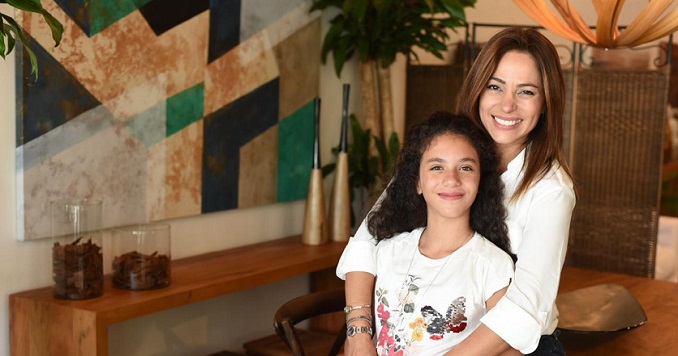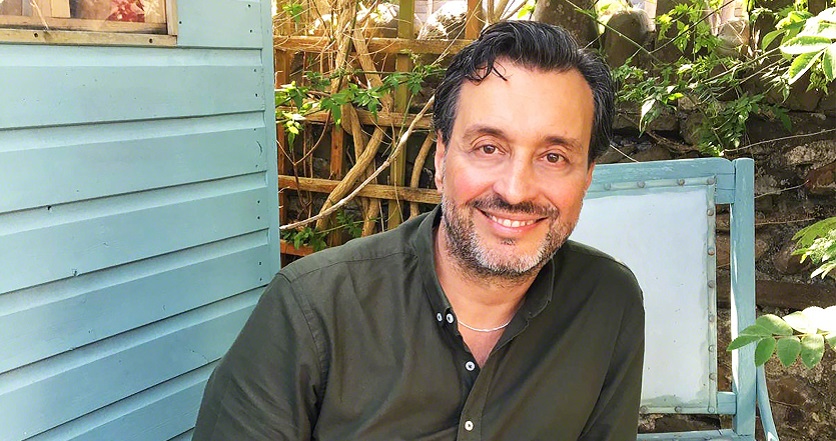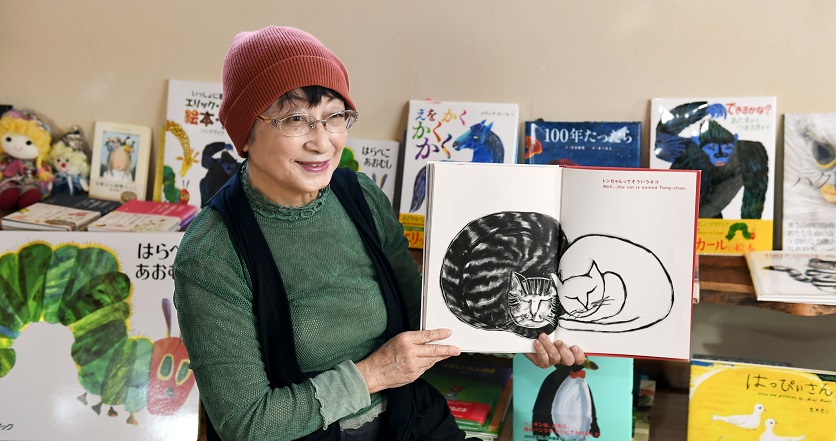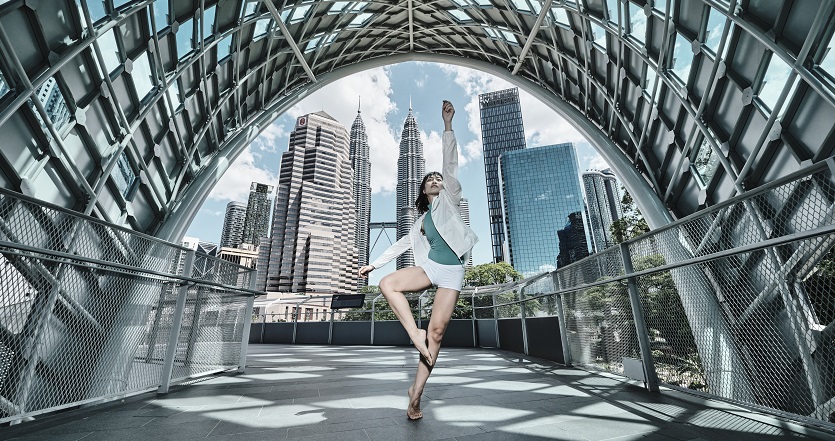My Path to a Sustainable Future

Neilce Mesquita, from Brazil, (“Teka” to her friends) has a successful career as an architect and interior designer and is known for her promotion of bamboo as a more sustainable alternative to wood. Her journey to her dream job began with a chance encounter on the ocean.
I first heard about this Buddhist practice from a tourist while watching the sunset from a boat in Rio de Janeiro, my hometown. That was in 1998. What especially caught my attention was that this was a practical philosophy for “changing poison into medicine,” for transforming all hardships into fuel for growth and happiness. “Faith makes the impossible possible,” my new friend told me. I had the sense that I was at the beginning of a great change.
I had a growing sense of confidence that I need never give up on my happiness and dreams because I have the power within myself to shape my destiny.
After joining the Soka Gakkai, I began to think more about my purpose in life. I had a growing sense of confidence that I need never give up on my happiness and dreams because I have the power within myself to shape my destiny.
At the time, I was working in shipping insurance. I was interested in interiors and design and worked on the interiors of some boats. This developed into a desire to study architecture, and in 2001, I enrolled in an architecture course at a private university in Rio. The decision to study was not an easy one, but I decided to do it with the determination that any difficulties would be opportunities to develop myself—to do my human revolution.
While studying, I began to work for an architectural firm. Studying while working was challenging. Additionally, I had difficulty finding a supervisor for my proposed graduation project. Outside of my studies, I had the opportunity to work on some large, high-pressure projects. Because of these challenges and various stops and starts in my studies, it would ultimately take ten years for me to graduate.
Unexpected Inspiration
In 2008, when I was still in school, work pressures had increased to the point that I decided to give myself a break and took a long vacation to Bali. The local culture and the exquisiteness of Balinese design and craftsmanship was a revelation to me. I was surrounded by functional beauty—the architecture; the interiors of houses, hotels and spas; the mix of contemporary and rustic; sounds, smells, colors. It was a sensory deluge that left me with great feelings of well-being.
Taking advantage of a favorable currency exchange rate, I filled two shipping containers with Balinese furniture and ornaments and brought them back to Brazil. I rented an exhibition space and within three months had sold all the items. It was a massive business success!
One of the wonderful discoveries I had made in Bali was of the beauty and versatility of bamboo, which is a primary construction material there, used for flooring as well as for furniture. Bamboo also has several environmental advantages. It grows much faster than wood and absorbs a large amount of carbon dioxide during the growing season. This was the beginning of a desire to promote the wider use of bamboo in my field.
Emergency
The year after returning from Bali, I split up with my romantic partner, only to discover afterward that I was pregnant. During my pregnancy, I developed preeclampsia, a potentially fatal pregnancy complication. In the seventh month of my pregnancy, I was admitted to the ICU and had an induced birth. My desperate prayers were answered when my daughter was delivered safely. During my month-long stay in hospital, I was comforted greatly by the warm support of my fellow Soka Gakkai members.
After my daughter’s birth, while still breastfeeding, I went back to university to complete the final phase of my studies, attending class with her on my lap. I was able to find a professor who believed in my project proposal and agreed to be my supervisor, and so in 2010, I completed my course, graduating with distinction.
Throughout all the ups and downs, my Buddhist practice has empowered me to take responsibility for my life—to embrace every circumstance, whether seemingly good or bad—with the conviction that it can become a springboard into a brighter future.
The same year, having researched the matter, I started a bamboo flooring company, promoting the use of bamboo as an alternative to wood. Though I grew up in Rio, I was born in Manaus, in Amazonas state, and I feel a sense of pride and satisfaction in being able to contribute to the preservation of the forest. Coincidentally, Manaus is the home of the Soka Amazon Institute, established by my mentor President Daisaku Ikeda and I am proud to be aligned with its ideals.
Currently, I have my own architecture and design firm that has sustainability and innovation as its central principles. Our clients have included famous restaurants and celebrities, and we have been featured in international magazines. I have the same passion and enthusiasm for my work as when I began, which makes it deeply satisfying.
Throughout all the ups and downs, my Buddhist practice has empowered me to take responsibility for my life—to embrace every circumstance, whether seemingly good or bad—with the conviction that it can become a springboard into a brighter future. It enables me to activate a feeling of gratitude for life and to harness the energy to continue the positive transformation of my heart and my environment.
As my friend assured me on that day in the beautiful sunset, each of us has the ability to change poison into medicine and create our own bright future. I want to become ever happier and contribute to the happiness of others. I will keep moving forward with courage and hope, promoting changes that can positively impact the environment and people and enhance the joy of living.
Adapted from an article in the April 16, 2021, issue of the Seikyo Shimbun, Soka Gakkai, Japan.







